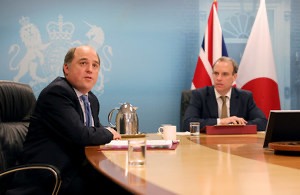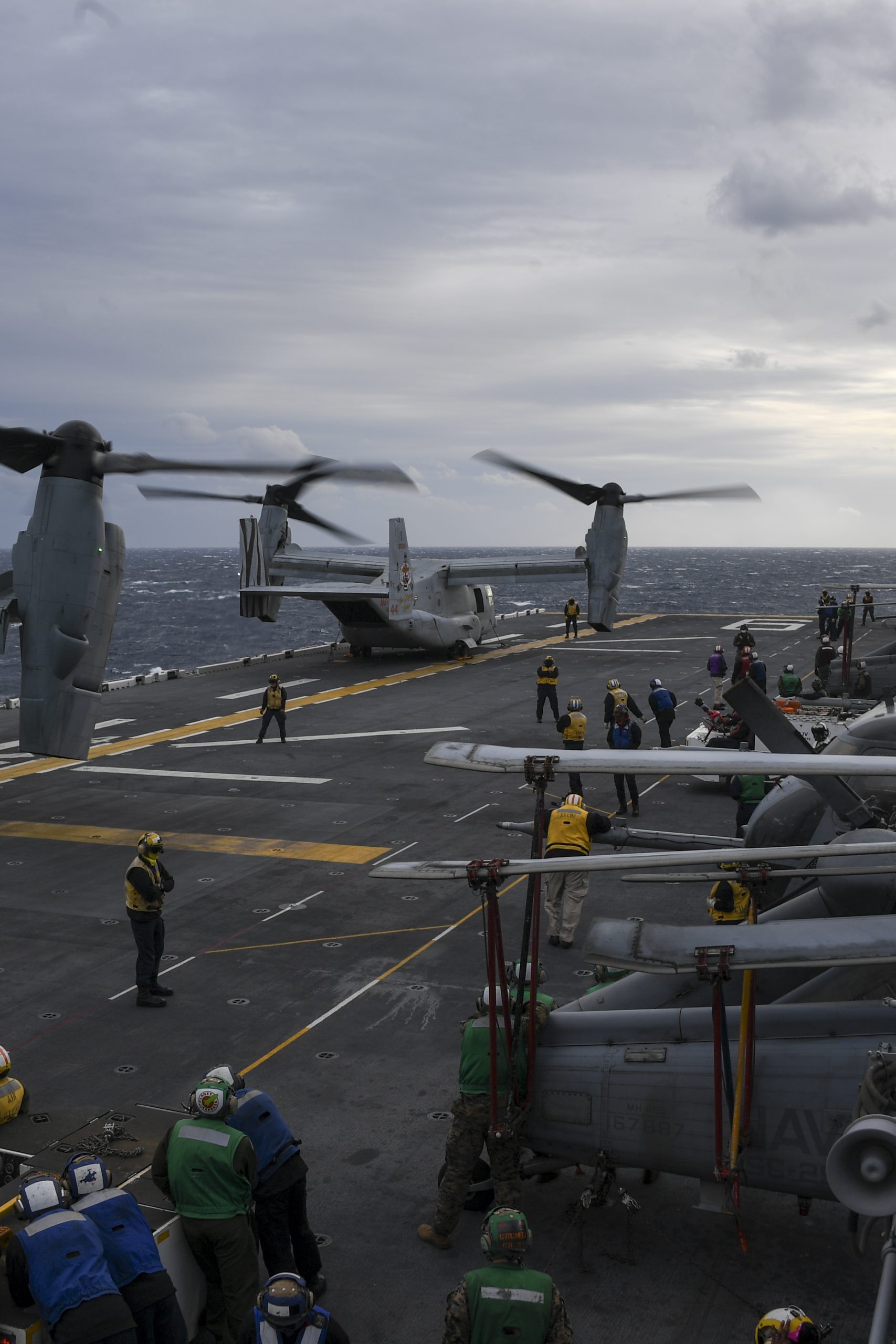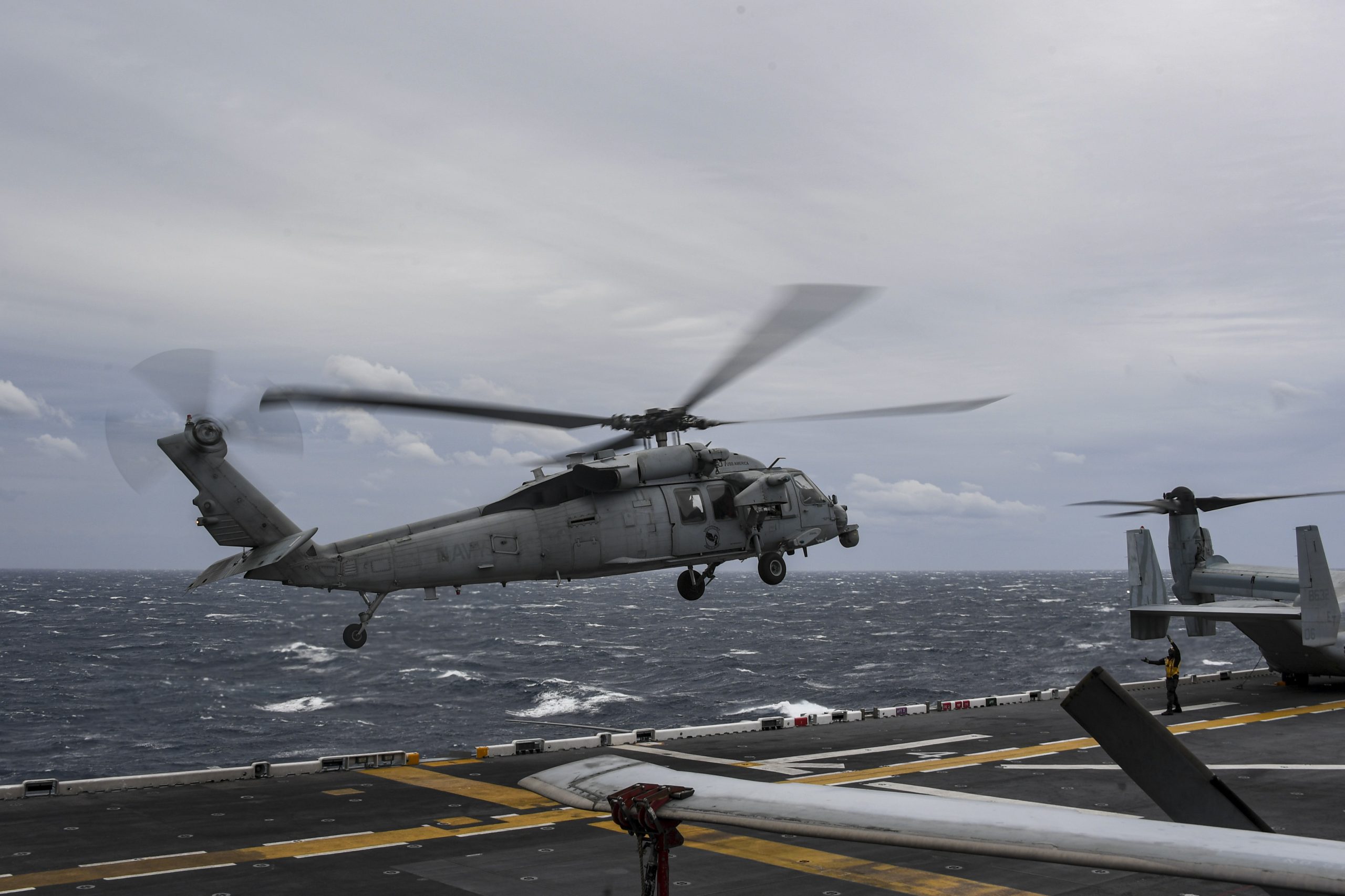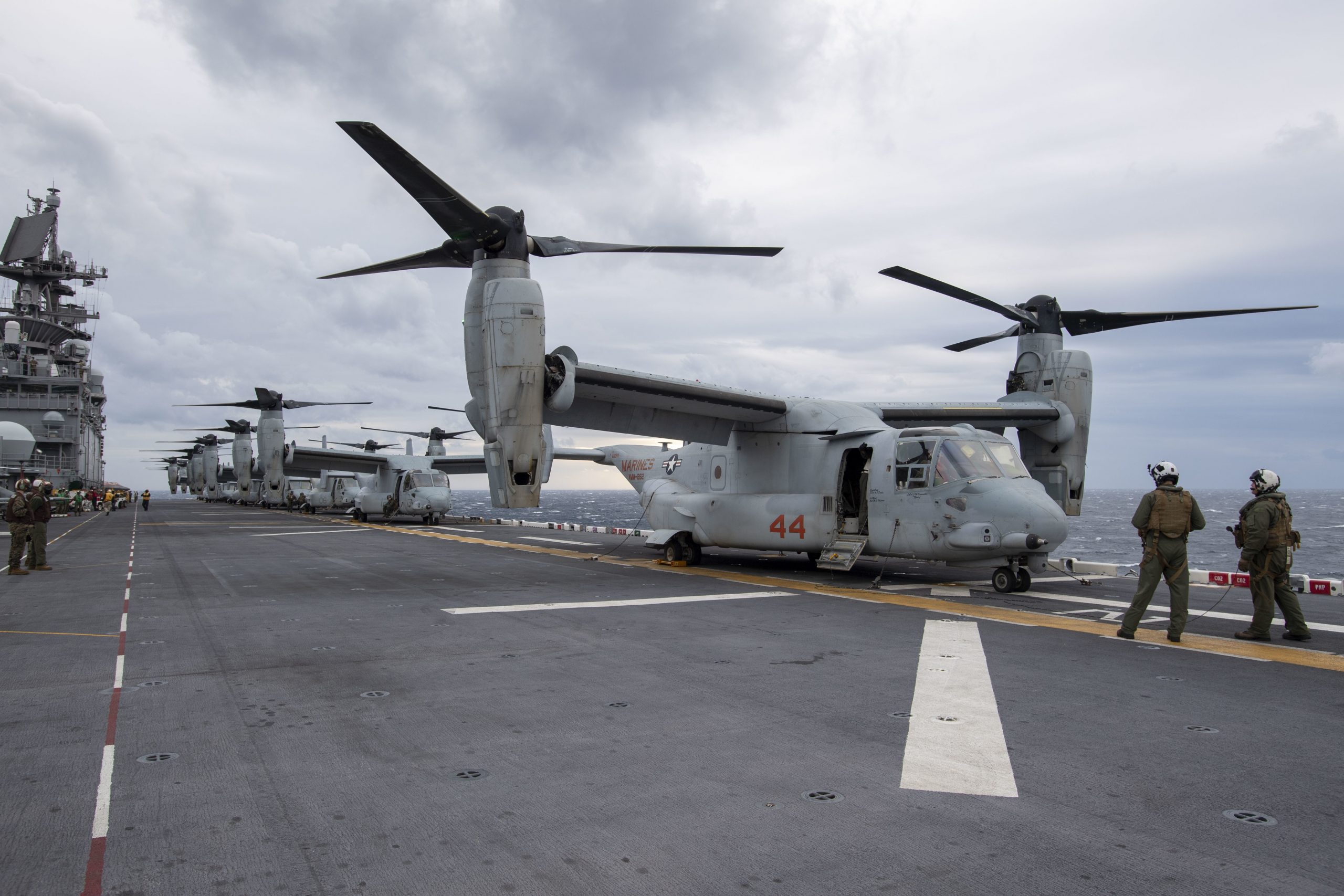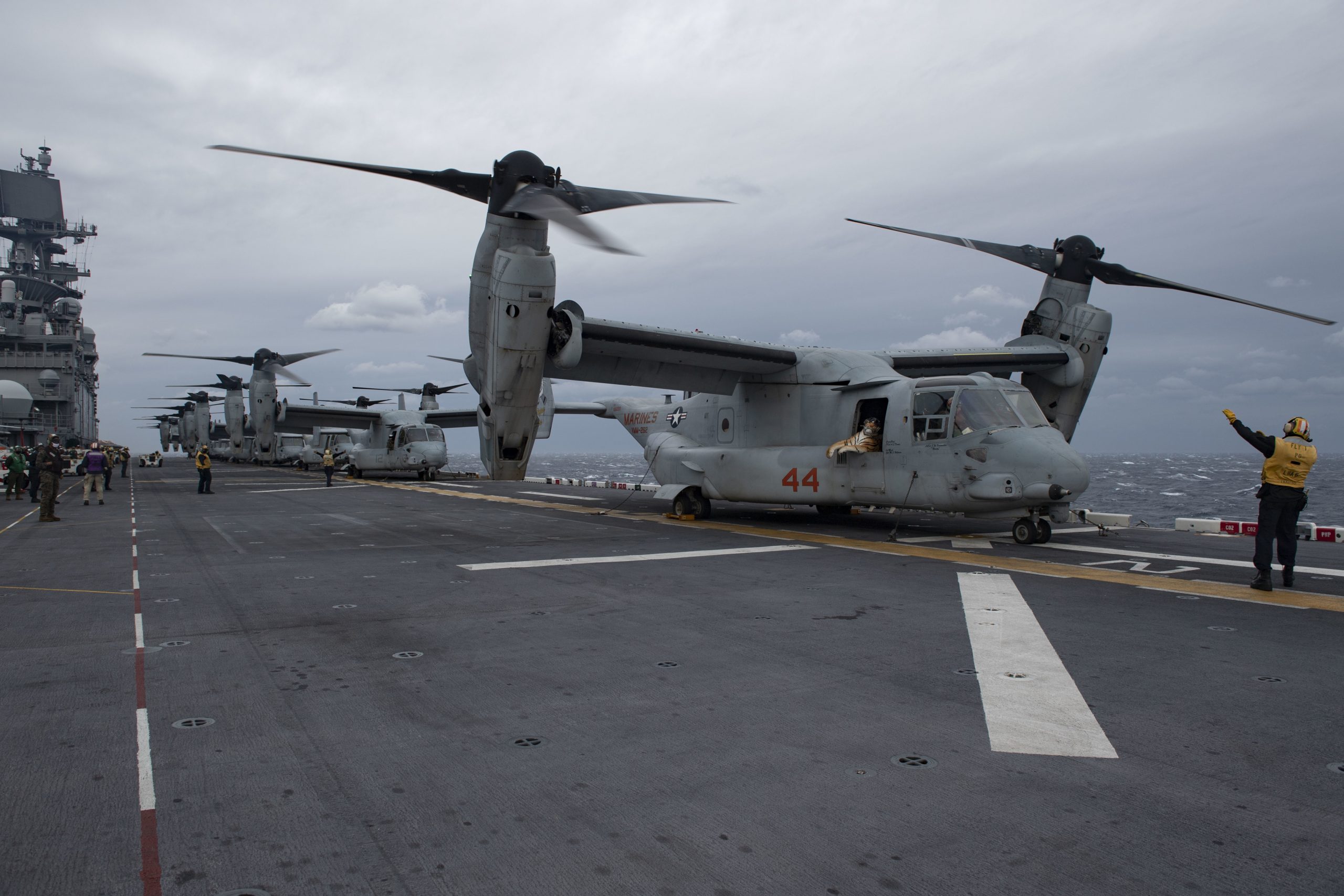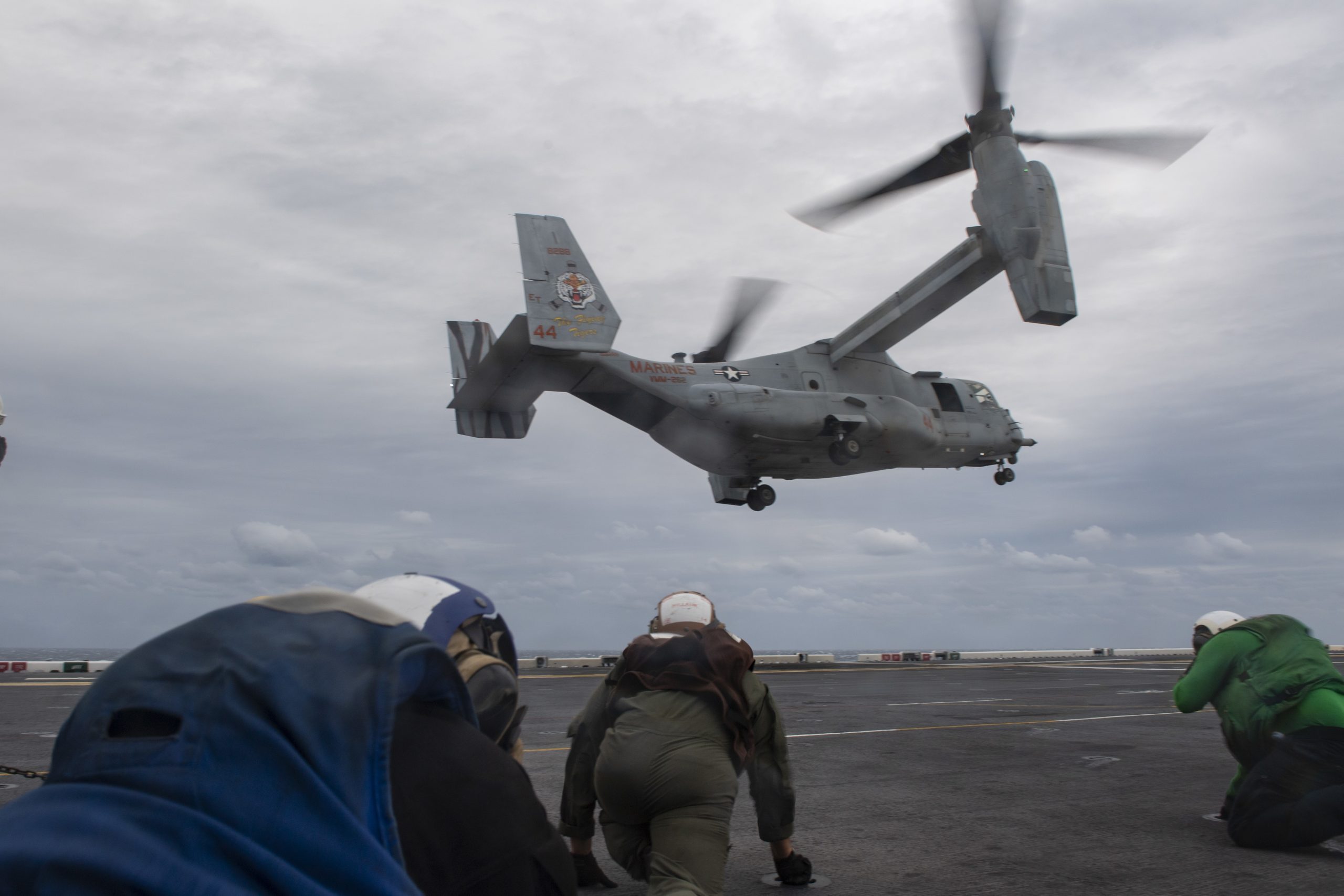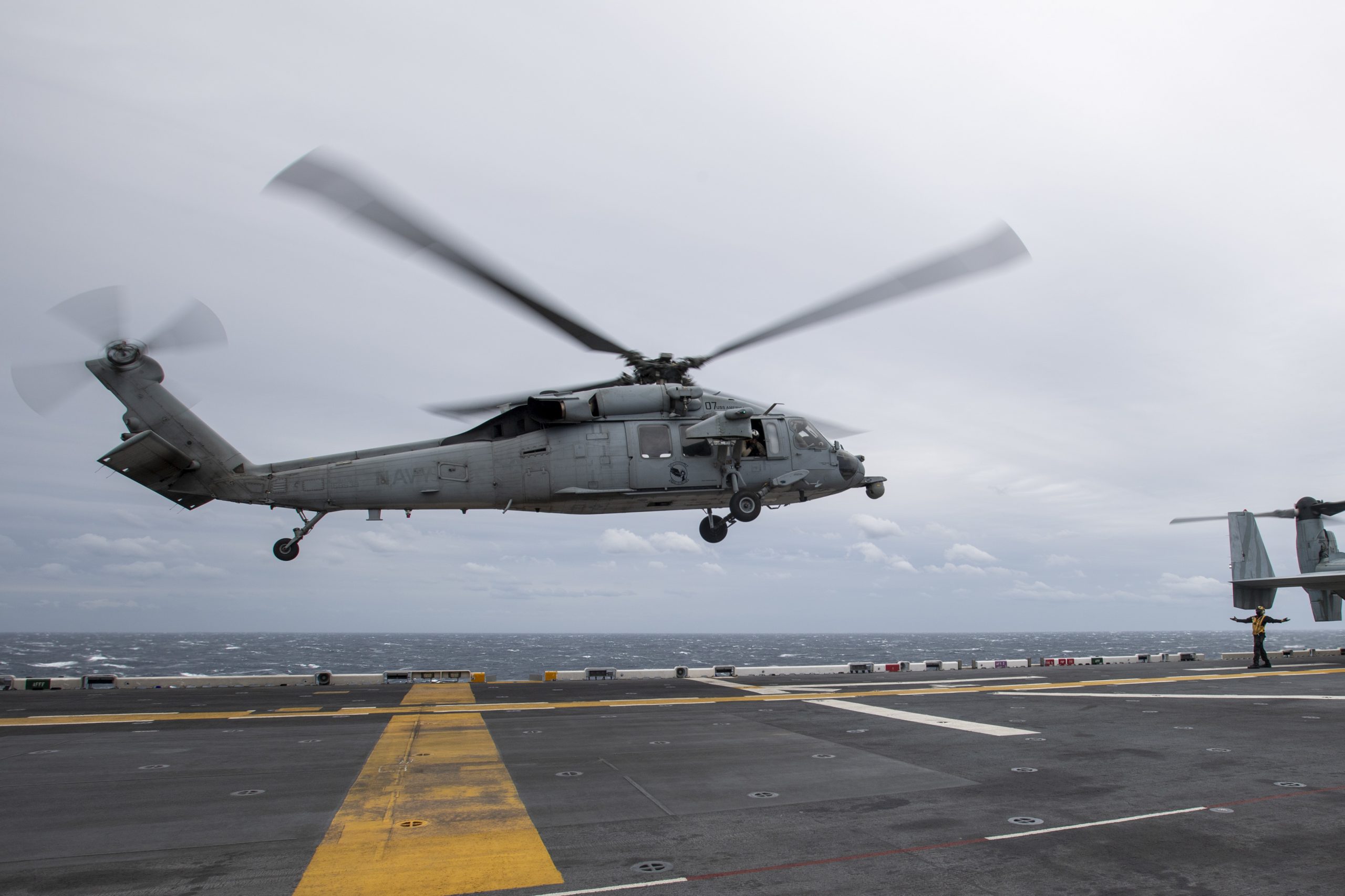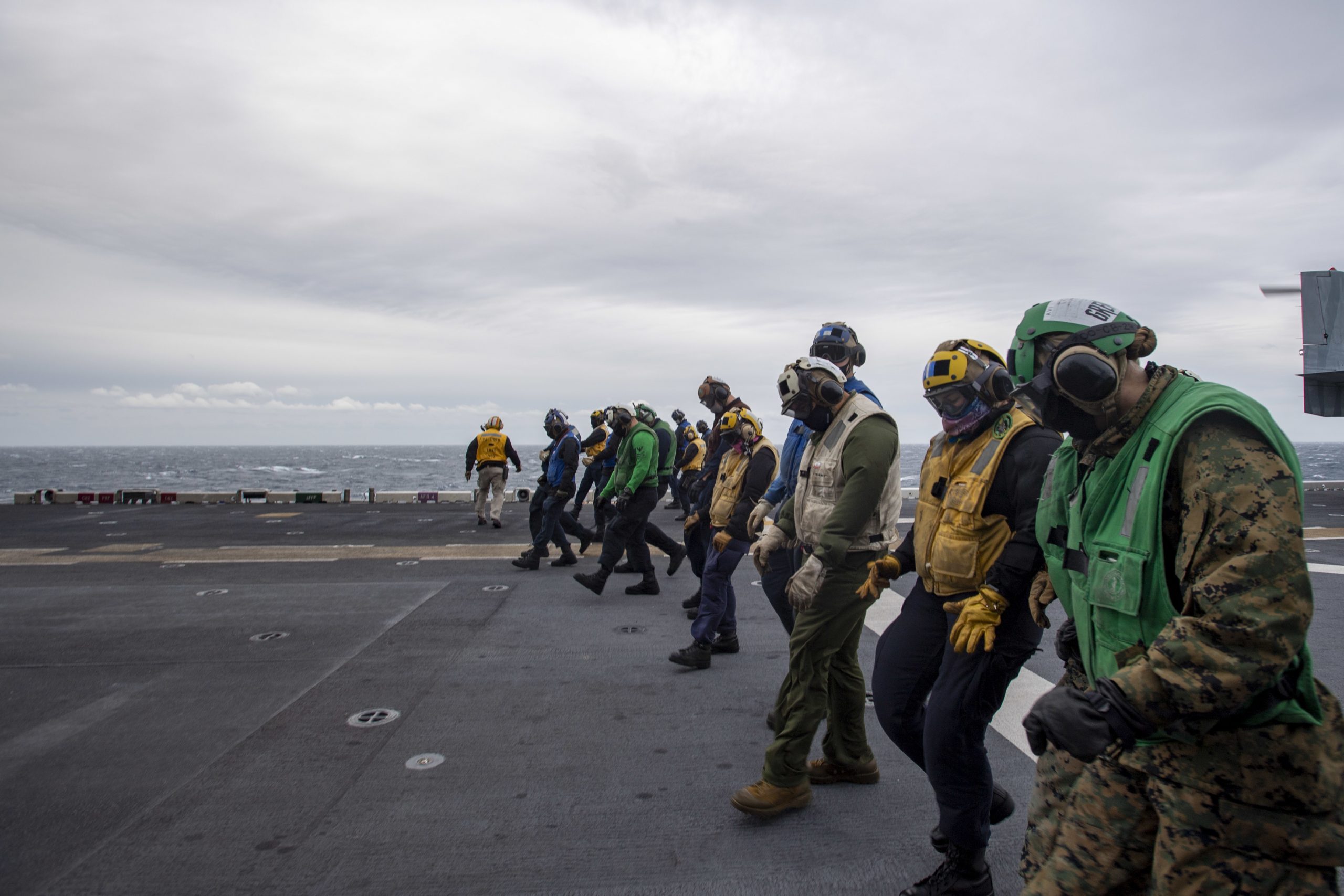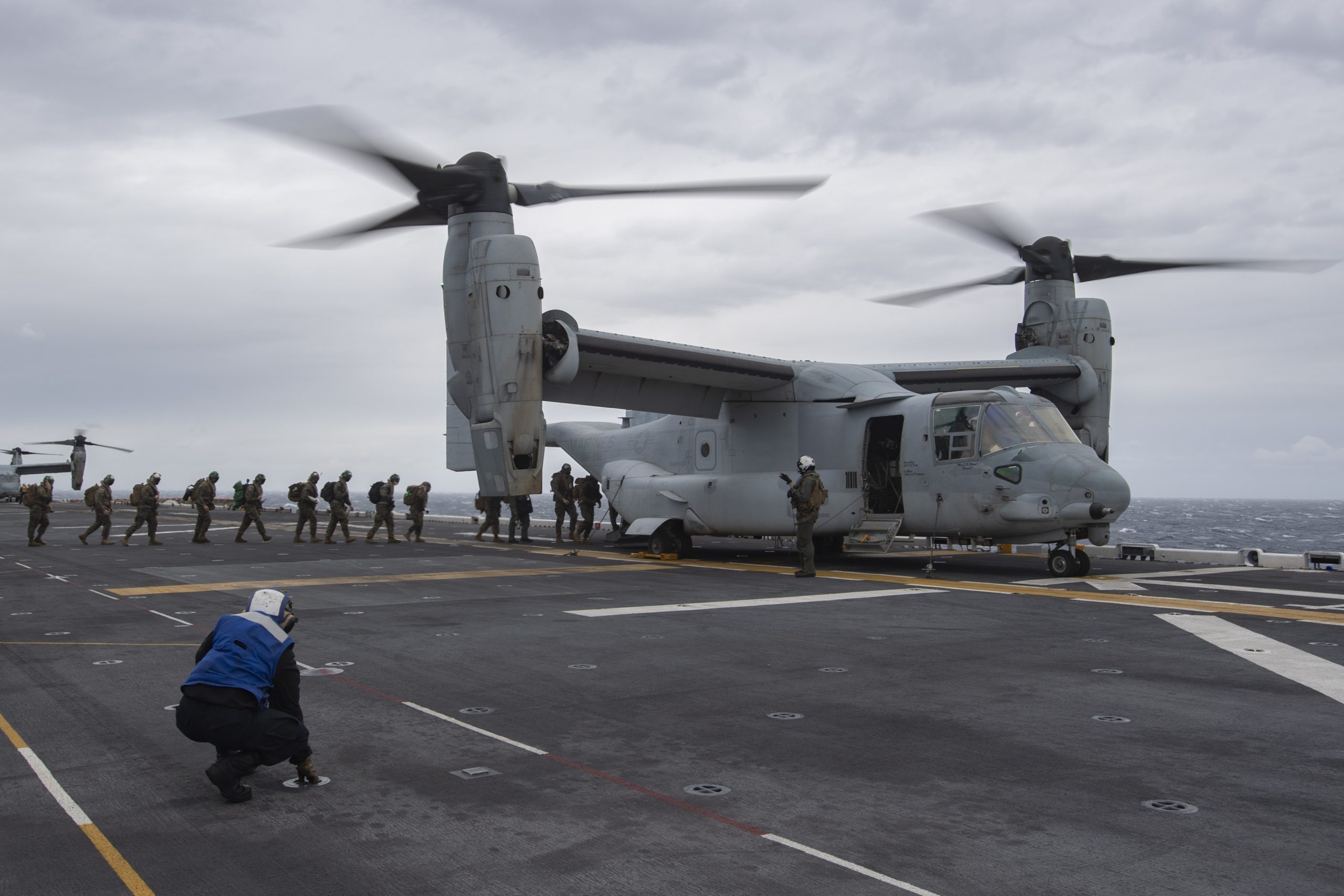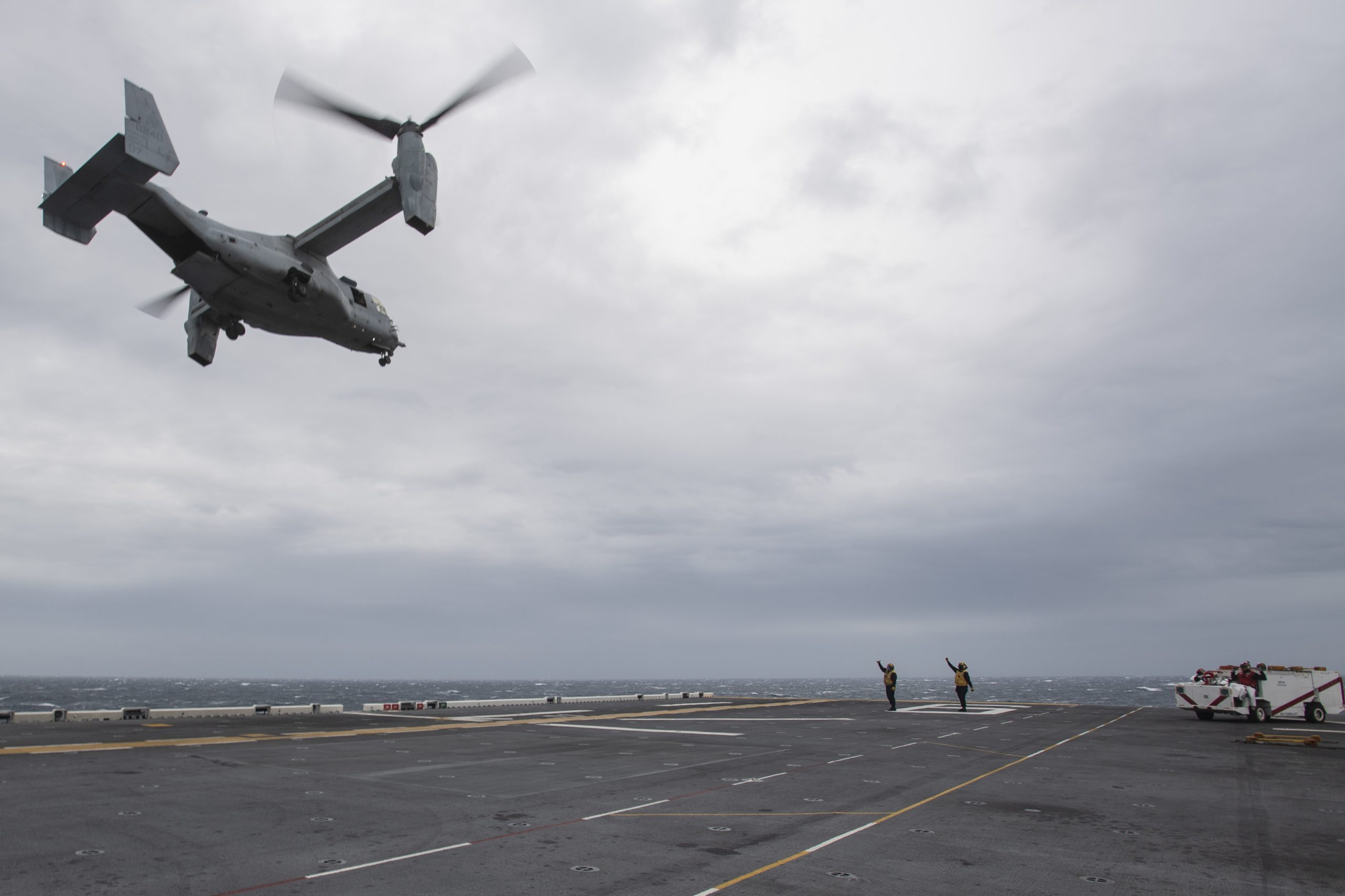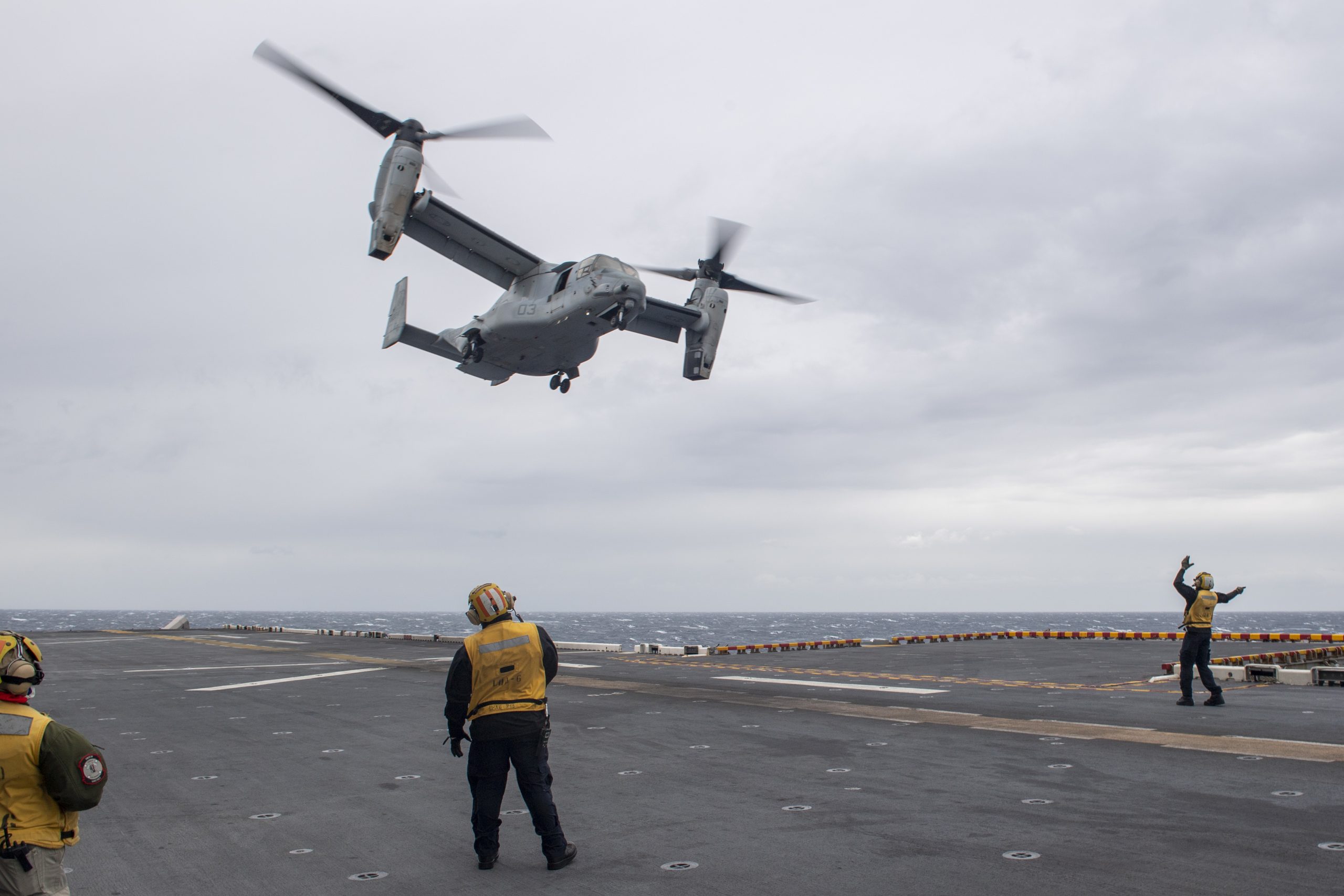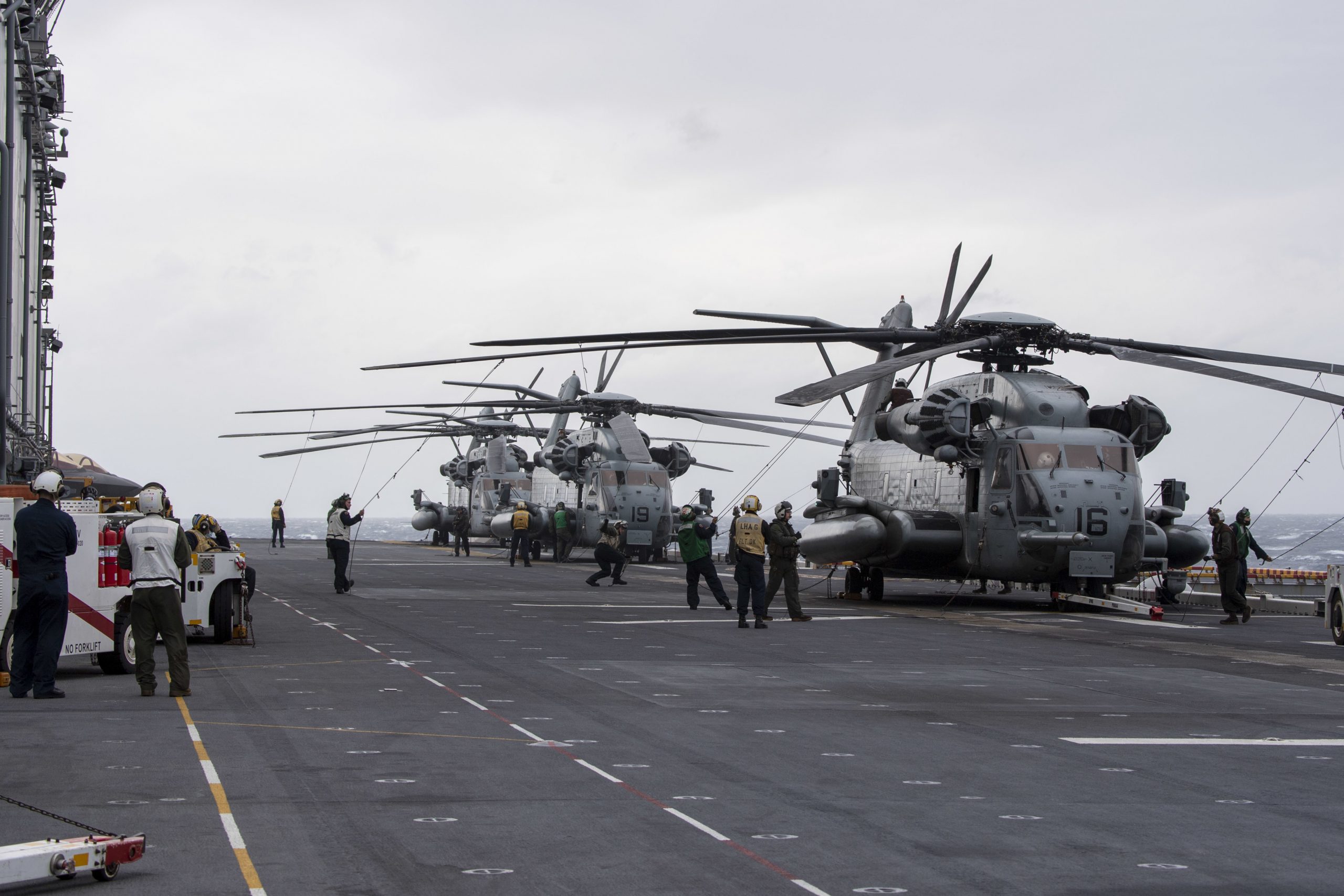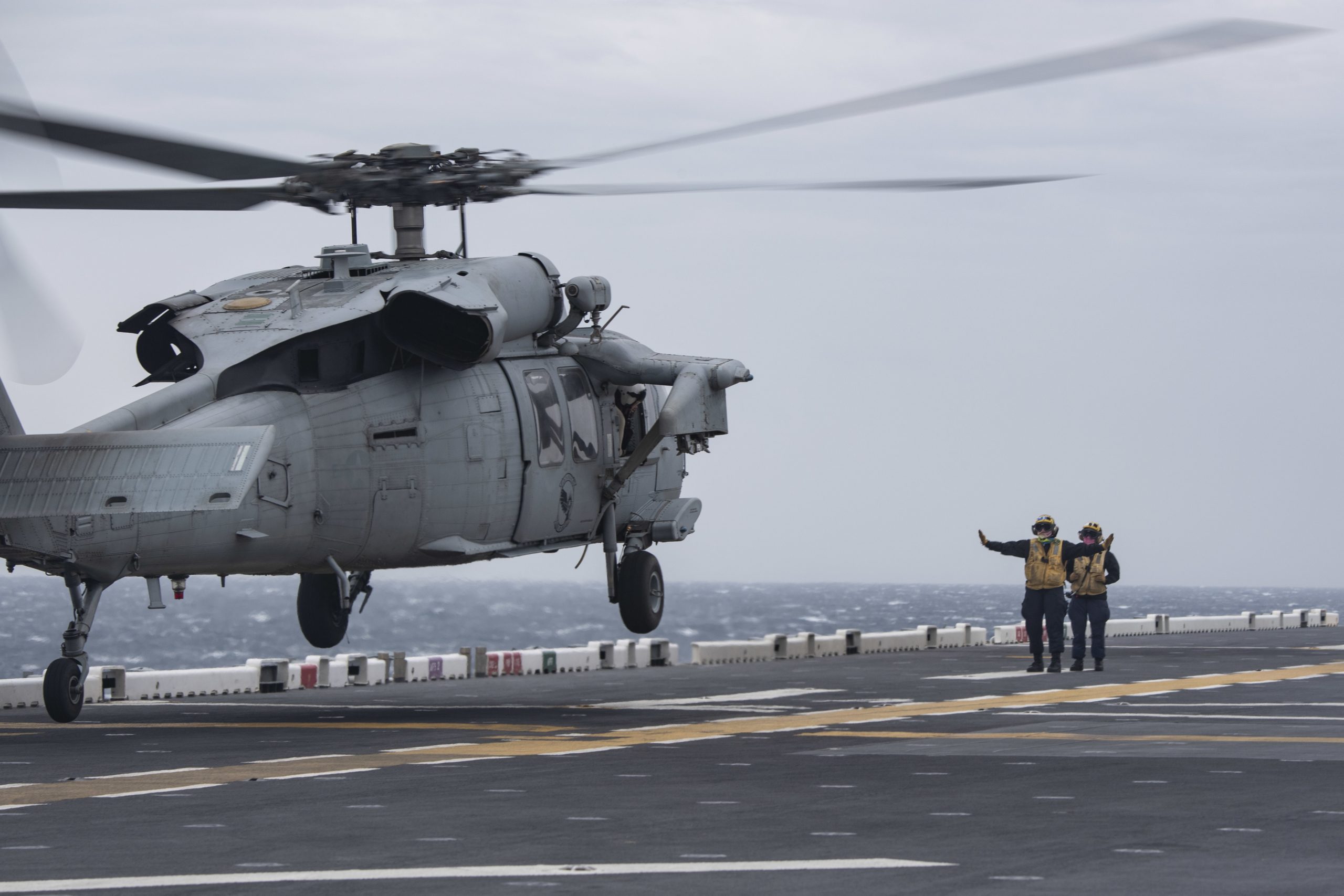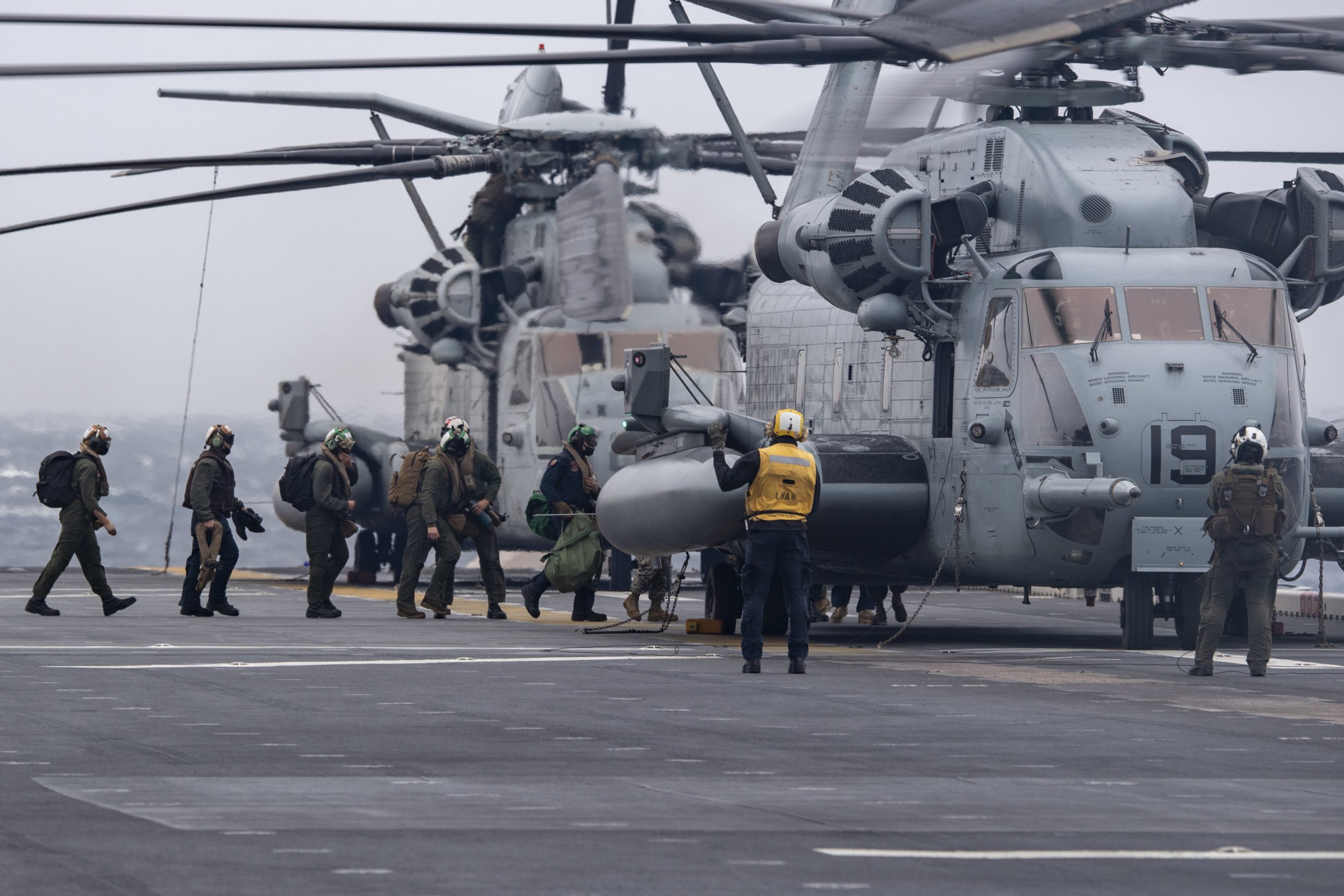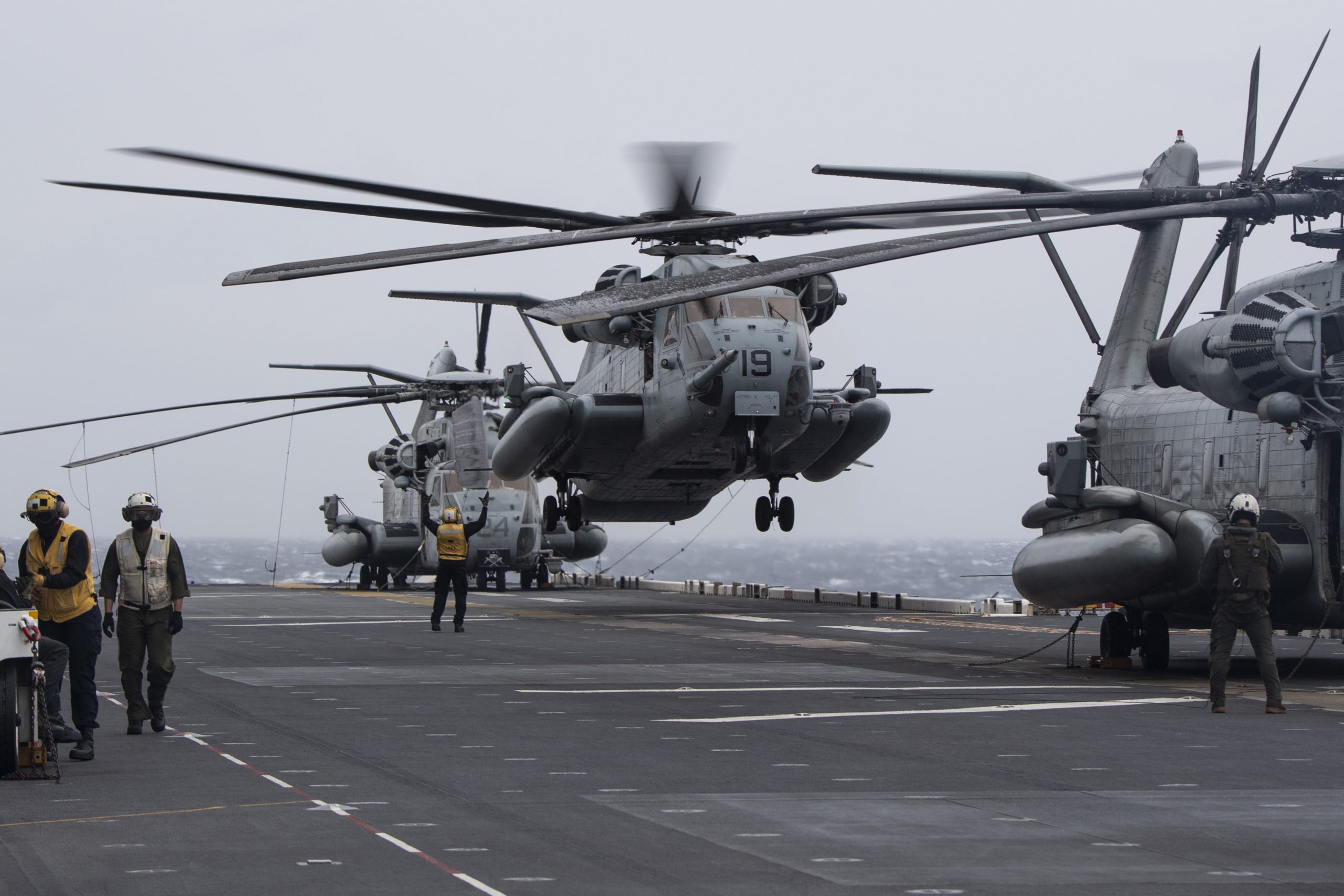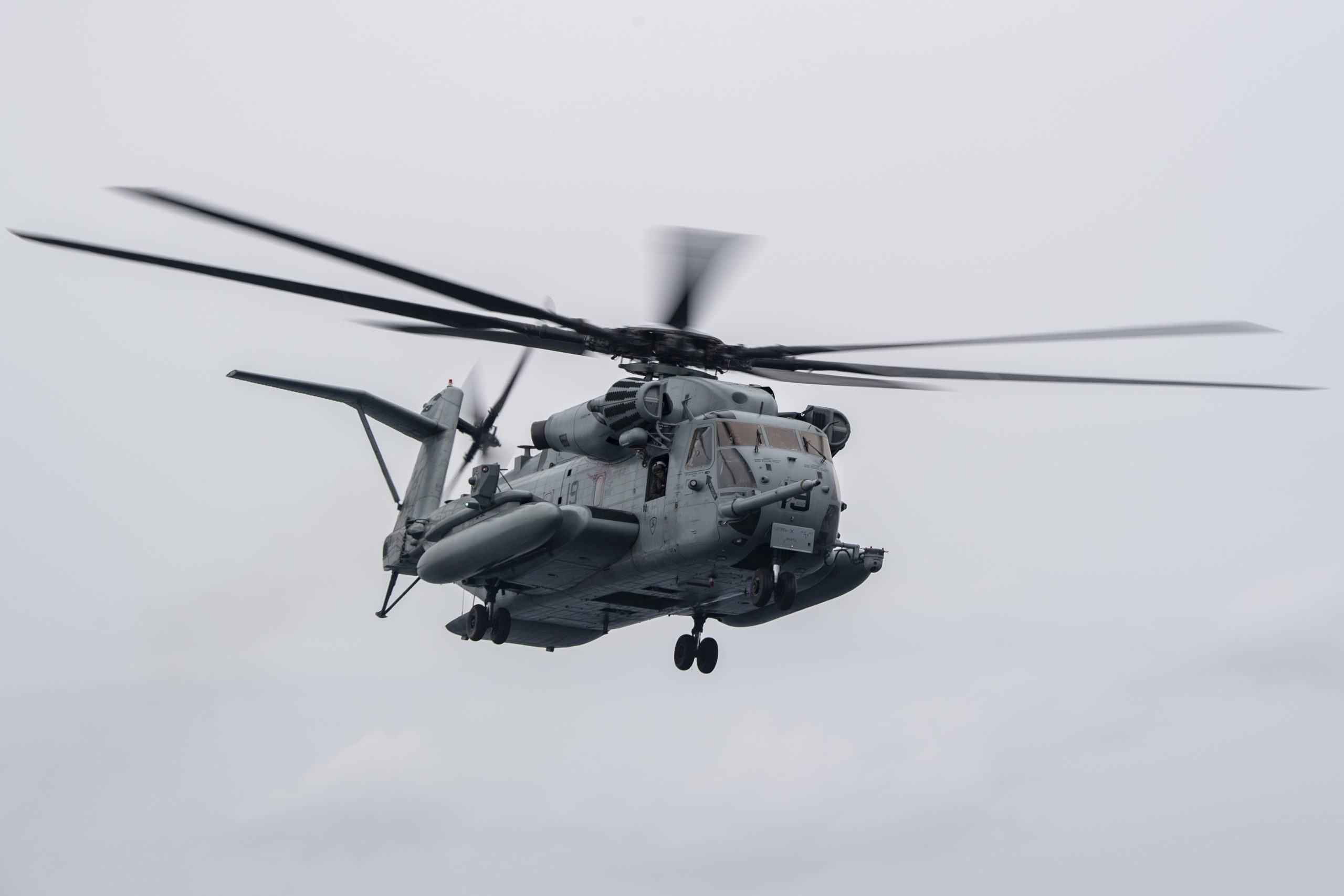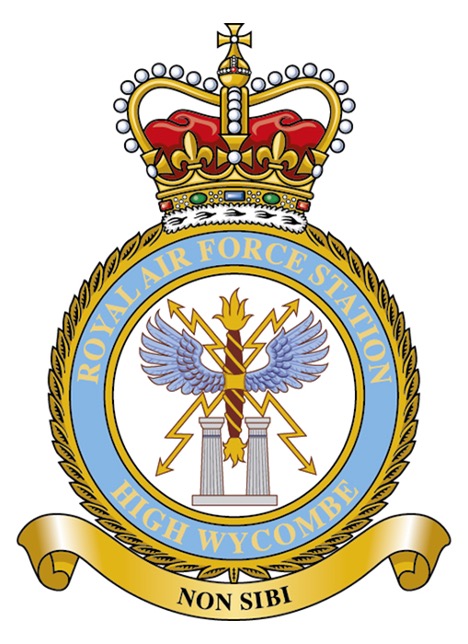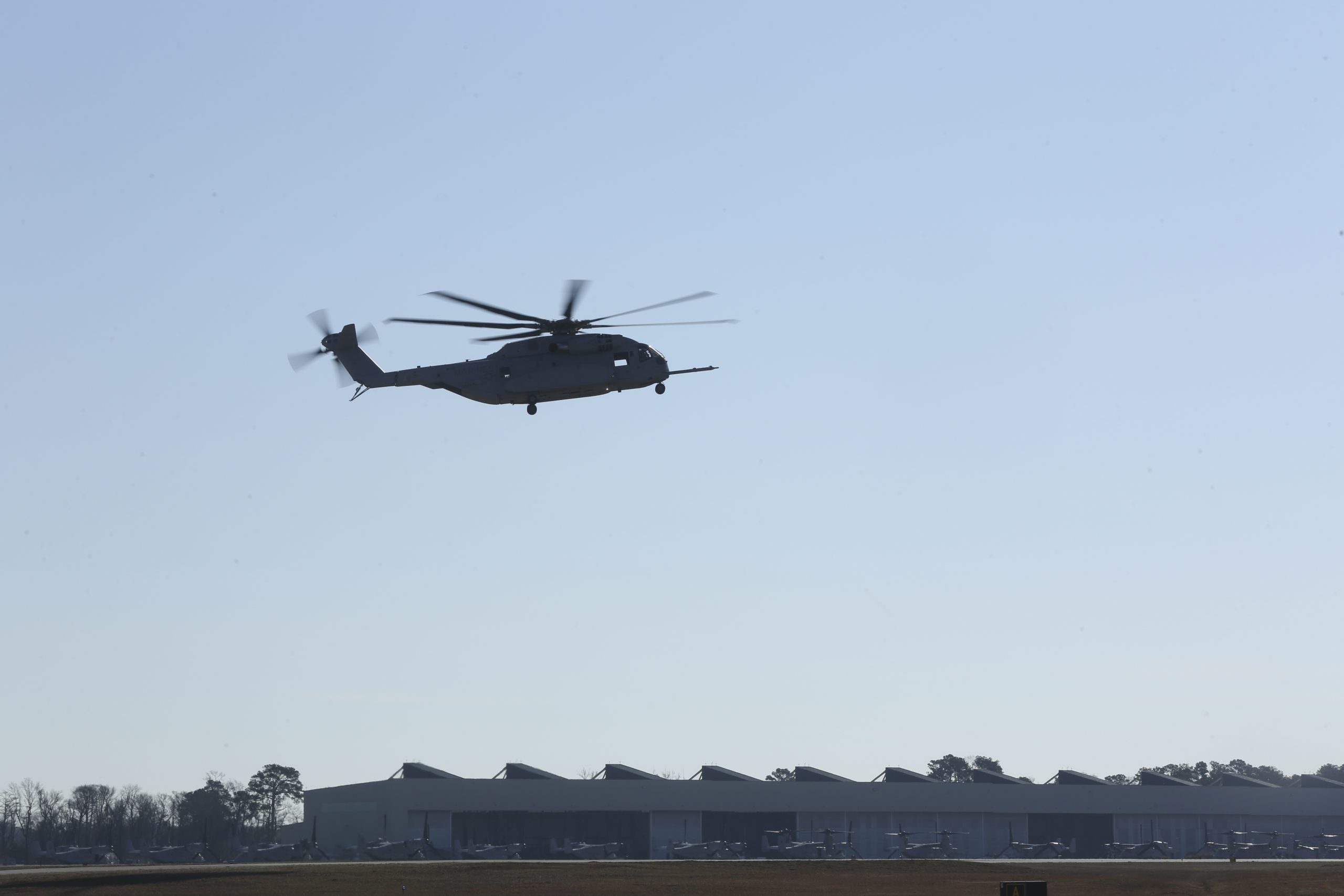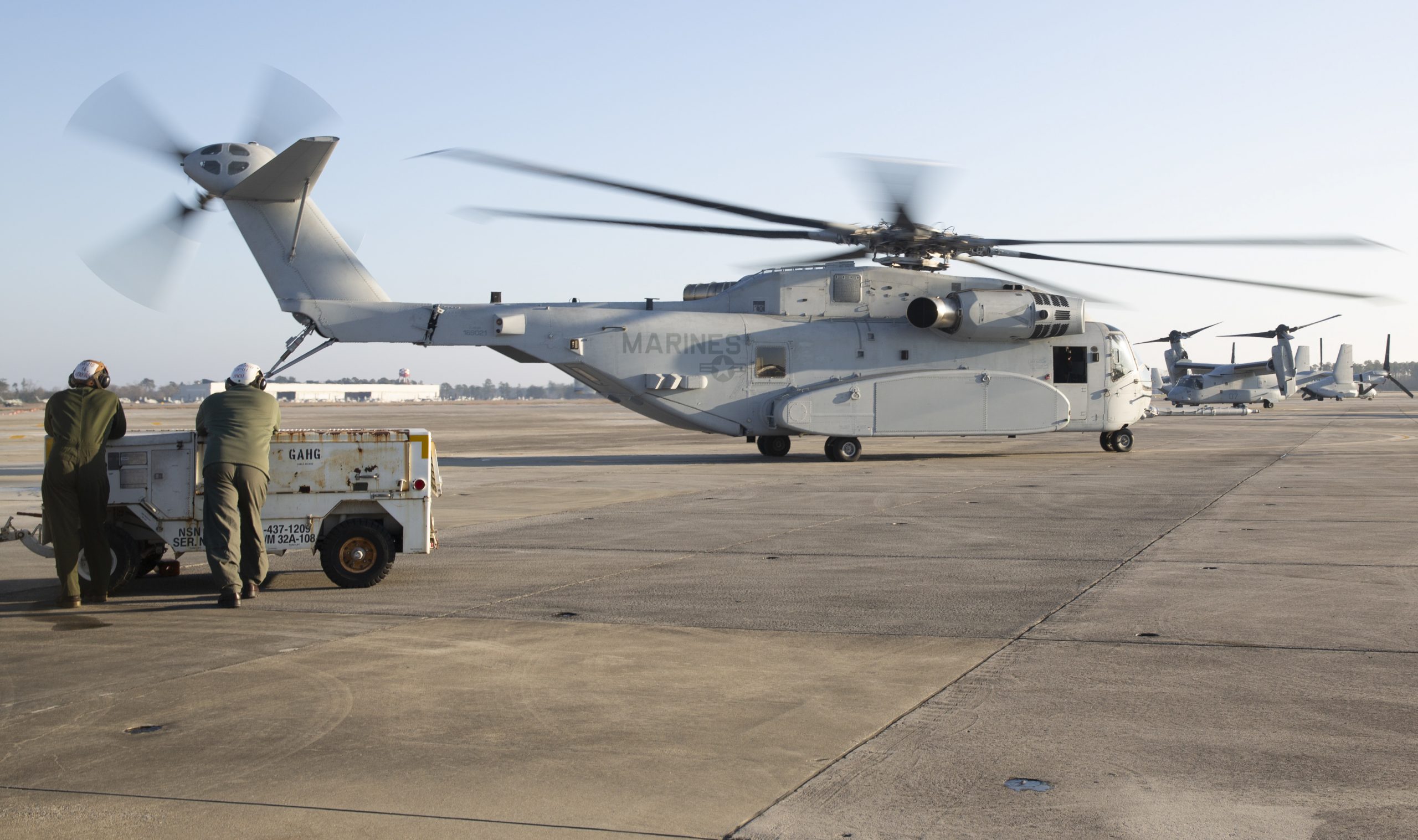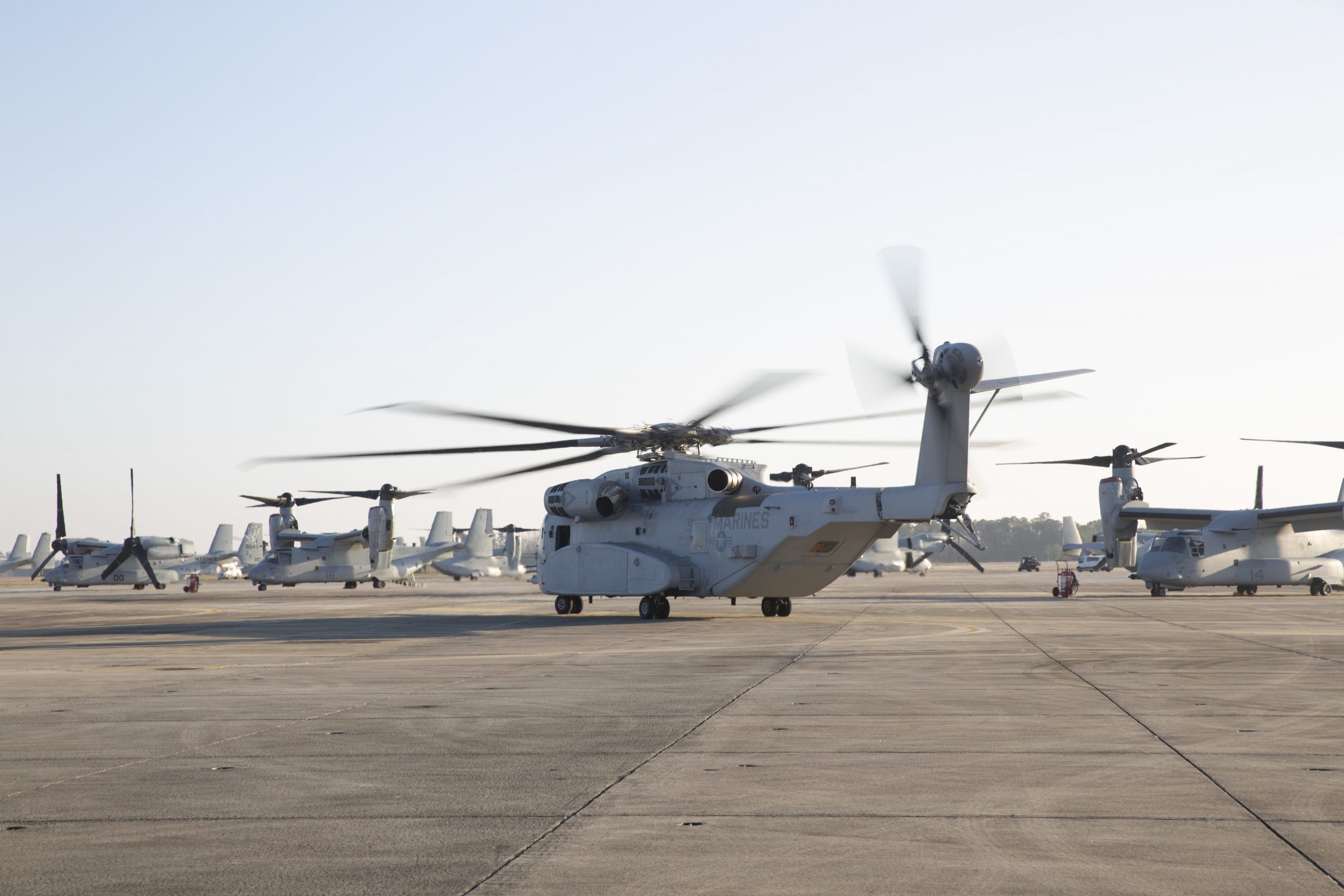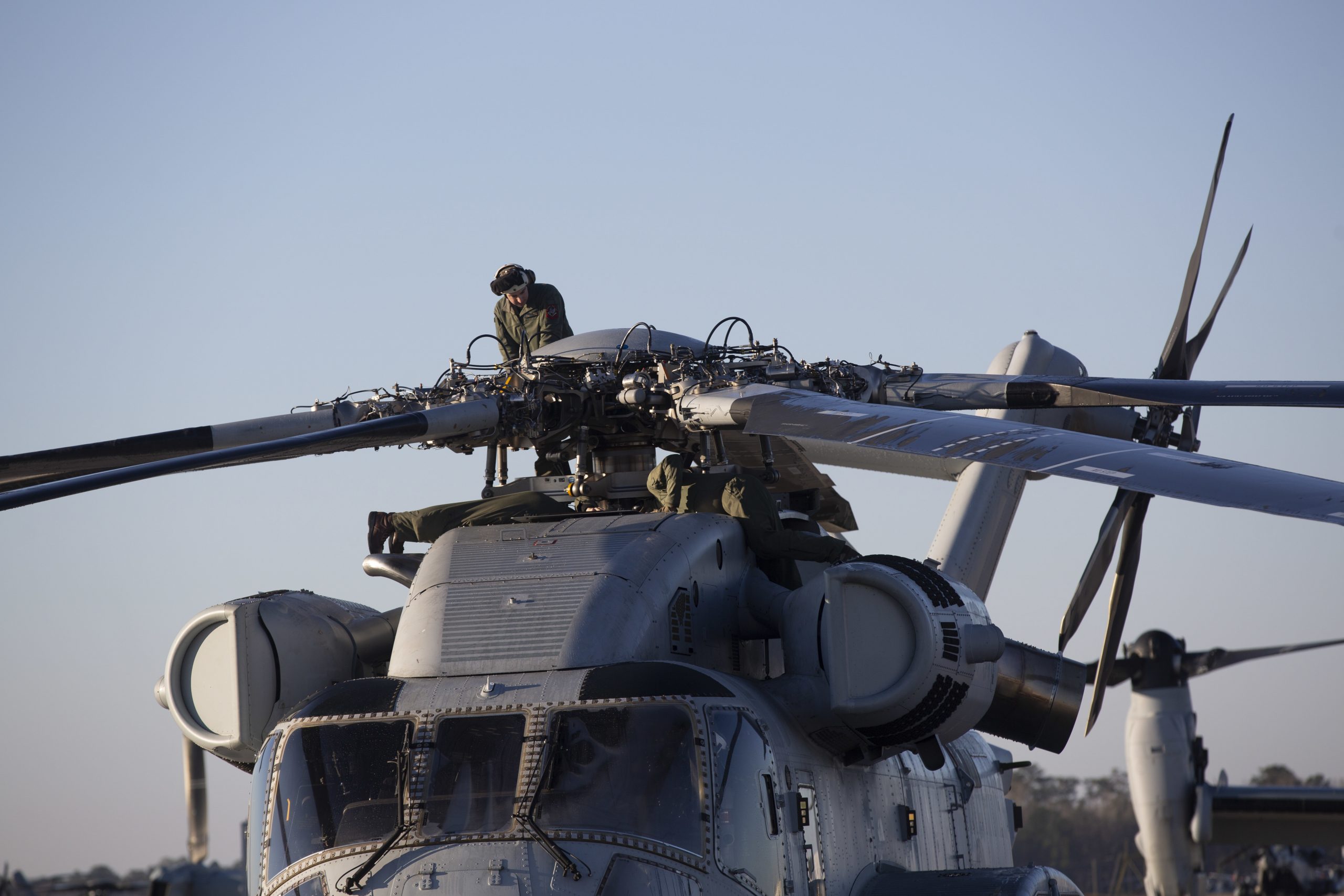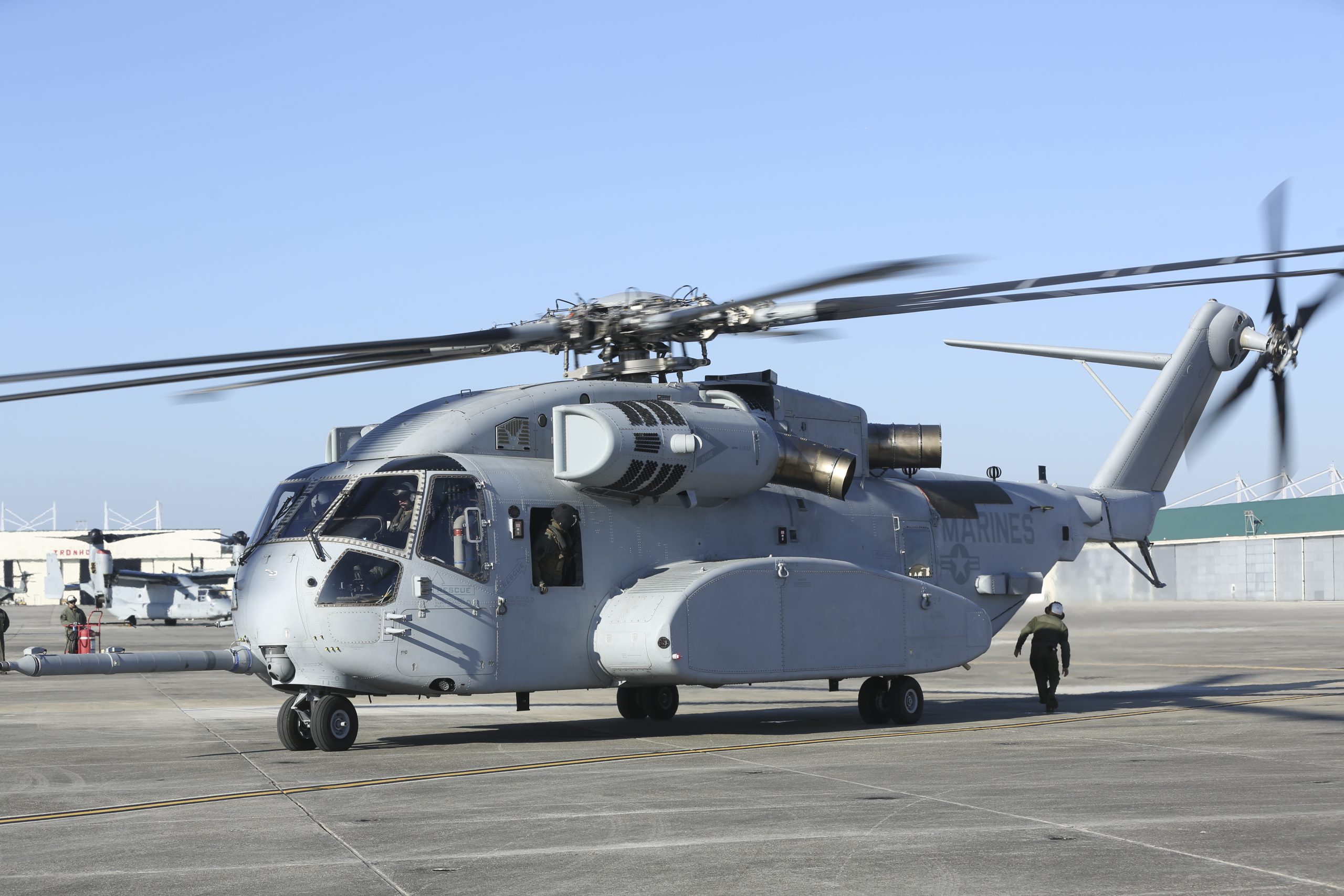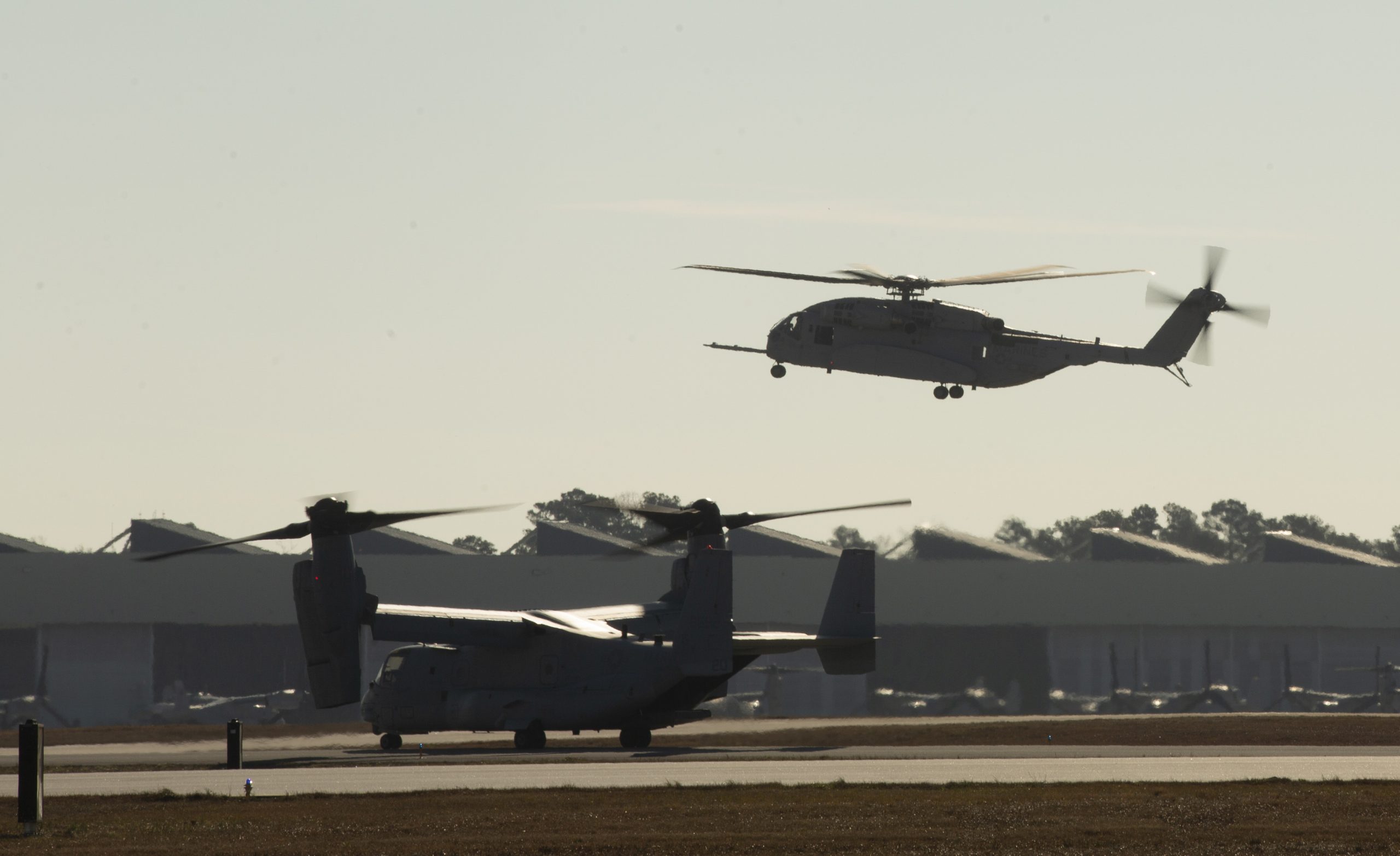On February 3, 2021, the UK Ministry of Defence published an article which highlighted the coming deployment of HMS Queen Elizabeth to the Pacific and how that deployment fit into a wider strategy.
Defence Secretary Ben Wallace and Foreign Secretary Dominic Raab discussed the deployment of HMS Queen Elizabeth during the “2+2” virtual meeting with their respective Japanese counterparts, Ministers Nobuo Kishi and Toshimitsu Motegi.
CSG21, led by UK aircraft carrier HMS Queen Elizabeth, will herald a new era for UK-Japan defence and security cooperation, providing opportunities for the Royal Air Force and Royal Navy and their respective Japanese counterparts to operate together and support opportunities for future collaboration, including on the F35 and Amphibious programmes.
Both the Foreign and Defence Secretary reaffirmed the UK’s long-term commitment to working closely with Japan to uphold the security of the Indo-Pacific and demonstrate the value of a unified approach to facing global challenges.
Defence Secretary Ben Wallace said:
“Japan and the UK have forged a close defence and security partnership that is being elevated to new heights this year when the UK Carrier Strike Group visits the Indo-Pacific.
“The most significant Royal Navy deployment in a generation demonstrates the UK’s commitment to working with our partners in the region to uphold the rules-based international system and promote our shared security and prosperity.”
Foreign Secretary Dominic Raab said:
“Japan is a key security partner for the UK, and a close, enduring friend. This year will see our two nations working even more closely together with the UK’s Presidency of the G7 and hosting of the UN Climate Conference.
“The UK’s Indo-Pacific tilt, including the visit of HMS Queen Elizabeth to the region, demonstrates our shared priorities and common strategic interests from maritime security to climate change and free trade.”
The four ministers agreed that Japan and the UK are each other’s closest security partners in Asia and Europe respectively, with shared values and common strategic interests. They resolved to further strengthen cooperation on defence, security and trade in order to uphold those values.
A recent Maritime Security Arrangement agreed between the Royal Navy and the Japan Maritime Self-Defense Forces (JMSDF) is one example of how the two countries’ Armed Forces are deepening their relationship. The arrangement, signed by JMSDF and the First Sea Lord Tony Radakin – head of the Royal Navy – will see the two countries share maritime domain awareness, helping to create a safe environment for international shipping transiting between the Indo-Pacific and Europe.
In this spirit, the four ministers committed to further cooperation on monitoring illicit ship-to-ship transfers by North Korea.
In recent years, the growing defence partnership between the two countries has seen the British Army become the only army other than the US to train with Japanese forces on Japanese soil. The VIGILANT ISLES training exercise series establishes annual cooperation on training exercises between the British Army and Japanese Ground Self-Defense Forces (JGSDF).
1: H.E. Mr. MOTEGI Toshimitsu, Minister for Foreign Affairs of Japan and H.E. Mr. KISHI Nobuo, Minister of Defence of Japan, the Rt Hon Dominic Raab, the Secretary of State for Foreign, Commonwealth and Development Affairs and First Secretary of State of the UK and the Rt Hon Ben Wallace, the Secretary of State for Defence of the UK held the fourth Japan-UK Foreign and Defence Ministerial Meeting on 3 February 2021, in the form of a video conference, due to the current situation regarding COVID-19 pandemic.
2: Recognising emerging health, climate and security challenges, the four Ministers reiterated their commitment to advancing security, defence and development cooperation between Japan and the UK. They reconfirmed that Japan and the UK, both maritime nations and actors in the Indo-Pacific, are global strategic partners who share a fundamental commitment to core values of freedom, democracy, human rights and the rule of law and are each other’s closest security partners in Europe and Asia respectively. They renewed their commitment to further strengthening cooperation towards a free and open Indo-Pacific. In this context, the four Ministers confirmed their commitment to continue to provide leadership in maintaining regional security and upholding the rules-based international order, as well as their opposition to attempts to coerce others in the region including by economic means. The four Ministers expressed high hopes for close collaboration with like-minded partners to achieve peace and stability in the region. As among the strongest champions of free trade, with shared values as open and interconnected economies, the four Ministers welcomed the continued strong economic partnership between Japan and the UK including the Japan-UK Comprehensive Economic Partnership Agreement, and acknowledged their shared ambitions for free trade and prosperity. As innovative and dynamic economies, they stressed the importance of building back better, spreading economic growth and ensuring that the benefits of free trade, technological change and scientific discovery are felt globally.
3: Minister Motegi and Minister Kishi welcomed the progress of the UK’s Integrated Review of Security, Defence, Development and Foreign Policy and the UK’s firm commitment to the Indo-Pacific region and to the advancement of Japan-UK cooperation. The four Ministers also renewed their commitment to further advancing their cooperation based on the Joint Action Plan.
Bilateral cooperation
4: The four Ministers reconfirmed the positive development that Japan-UK cooperation in maritime security will continue to be a priority and committed to strengthening it further and taking leadership in maintaining regional security. They welcomed the planned visit by HMS QUEEN ELIZABETH and her Carrier Strike Group to the region including East Asia in 2021, which aims to have a significant positive and constructive influence in the region. The four Ministers confirmed to work together on the Carrier Strike Group’s visit to East Asia so that it will be an opportunity to elevate Japan-UK defence cooperation to a new level. They also shared the view that this visit will contribute to a free and open Indo-Pacific.
5: The four Ministers stressed the need for continuing to work on an arrangement that would reciprocally improve administrative, policy and legal procedures for joint operations and exercises, which would contribute to enhancing complex interoperability between Japan Self-Defense Forces (JSDF) and the British Armed Forces. They welcomed the signing of a Maritime Security Arrangement to further security cooperation between the Royal Navy and Japan Maritime Self-Defense Force and confirmed their intention to reinforce the already-robust cooperative relationship between them. The four Ministers welcomed such developments to enable more practical cooperation between JSDF and the British Armed Forces.
6: Furthermore, the four Ministers welcomed progress in other domains, including ground, air, cyber, and space, and reaffirmed their intention to make further progress as outlined in the military three-year plan, an annex to the Joint Action Plan. In particular, they welcomed the steady progress made on the bilateral ground exercise VIGILANT ISLES which has taken place both in Japan and in the UK to date. The four Ministers endorsed the progress of the work of the Japan-UK High Level Defence Equipment and Technology Cooperation Steering Panel on defence equipment and technology cooperation. They welcomed the ongoing dialogue on Future Combat Air System (FCAS)/F-X at subsystem level in order to understand mutual requirements and the benefits of cooperation for enhanced technology and improved cost effectiveness. The four Ministers emphasised the importance of the research programme for the demonstration of a joint new air to air missile (JNAAM). They welcomed the successful completion of the Personnel Vulnerability Evaluation in 2020 and progress made on the Project for Cooperative Research on the Feasibility of a Japan and Great Britain Universal Advanced RF system (JAGUAR).
7: The four Ministers welcomed the progress of co-ordination of capacity-building in developing countries, including in the Indo-Pacific region. They shared the view that they would continue to use a coordination mechanism for future joint capacity-building in strategic priorities such as maritime security and safety; counterterrorism; cyber security; humanitarian assistance and disaster relief; promotion of quality infrastructure; gender mainstreaming; Women, Peace and Security including Preventing Sexual Violence in Conflict; peacekeeping operations; and demining.
8: In this context, with the creation of the Foreign, Commonwealth and Development Office, the four Ministers decided to advance strategic development cooperation to tackle global issues, including Sustainable Development Goals by 2030. In particular, they welcomed the recent round of the Japan-UK Development Policy Dialogue and reaffirmed their commitment to disseminating the “G20 Principles for Quality Infrastructure Investment” to developing countries and implementing them in projects in order to strengthen connectivity. Additionally, they reconfirmed support for G7 ambitions on girls’ education. The Ministers signalled support for working together in 2021 to secure G20 action that supports a sustainable inclusive recovery from COVID-19 in low income and developing countries that will allow them to build back better and greener.
9: The four Ministers reaffirmed their commitment to ensuring a free, open, peaceful and secure cyberspace; and to responding to cyberattacks, including by calling out malicious cyber actors and activities. They also committed to working together towards a more diverse, transparent, open, secure and interoperable 5G network architecture in order to strengthen cyber security, including supporting industry initiatives promoting open architecture and through multilateral fora such as the G7. The four Ministers decided to continue to strengthen cooperation to address safety and security challenges in outer space and develop norms, rules and principles of responsible behaviour to reduce threats to space systems, through bilateral dialogues and cooperative efforts in international fora.
10: They recognised the need for continuing work to strengthen cooperation to facilitate the secure and timely exchange of information and analysis in support of bilateral security cooperation.
11: The four Ministers confirmed that aviation and maritime security was an important area in which to address the terrorist threat to the shared interests of Japan and the UK and decided to deepen collaboration on these areas with partners across Asia. Recognising that the current global pandemic of COVID-19 affects our security, stability and prosperity, the four Ministers underlined the importance of an ambitious, coordinated and internationally agreed plan to respond to the pandemic. They confirmed the importance of cohesive action to manage risks to peace and security posed by infectious diseases and to better prepare for any future pandemic. They endorsed the Defence Ministers’ proposal in this context to promote Japan-UK defence efforts in areas such as: sharing lessons learned in HA/DR operations; cooperation to help improve resilience in third countries; reinforcing the rules-based international order and working together to counter disinformation.
International cooperation
12: The four Ministers reaffirmed their determination to further strengthen cooperation in international frameworks such as G7 2021, including ensuring that the G7 reacts quickly with collective action to foreign policy crises and demonstrating that open societies are most effective at tackling the major global challenges, building back better from Covid-19, cooperating on protection and promotion of human rights and tackling climate change. Ahead of the UK hosting COP26, Ministers confirmed the importance of working together as net zero partners, as we see climate change continue to impact on the security of people, ecosystems and economies. As international climate leaders, Japan and the UK should work together to lead ambitious sustainable and global climate action, supporting an ambitious and comprehensive negotiated outcome at COP26 in line with the goal of the Paris Agreement.
The UK acknowledged the recent announcement by Prime Minister Suga that Japan will announce an ambitious 2030 target by COP26 and deepen collaboration with other countries to promote global decarbonisation. Japan acknowledged that the UK has set an ambitious NDC target of 68% emission reductions on 1990 levels and will end taxpayer support for fossil fuel projects overseas as soon as possible.
13: The four Ministers reiterated their commitment to realising UN reform including early reform of the UN Security Council. The UK reaffirmed its strong support for Japan’s permanent membership of the UNSC.
14: The four Ministers reiterated their strong commitment to full implementation of the Treaty on the Non-Proliferation of Nuclear Weapons in all its aspects, including nuclear disarmament, non-proliferation, and the peaceful uses of nuclear energy; the NPT is the cornerstone which enables the international community to take concrete and realistic measures towards nuclear disarmament and the eventual elimination of nuclear weapons. Furthermore, the four Ministers reiterated that Japan and the UK would continue to co-operate in order to maintain and strengthen the NPT regime and achieve a meaningful outcome at the next NPT Review Conference. The four Ministers stressed the importance of strategic risk reduction and arms control dialogues among states possessing nuclear weapons, and between states possessing nuclear weapons and non-nuclear weapon states, to increase transparency and mutual understanding and reduce the risk of misinterpretation and miscalculation.
The four Ministers noted with concern the continuing use of chemical weapons, including against the Syrian people and Russian politician, Alexei Navalny. They underscored Japan’s and the UK’s commitment to upholding the Chemical Weapons Convention. They expressed their support for and confidence in the Organisation for the Prohibition of Chemical Weapons. They reiterated that those who have used chemical weapons must be held accountable.
The four Ministers expressed their support for making the Biological and Toxin Weapons Convention more effective. Recognising the impact of the Covid-19 pandemic, the Ministers considered that states parties to the Biological and Toxin Weapons Convention must work together to ensure the success of the Ninth Review Conference. The four Ministers drew attention to the importance of the United Nations Secretary-General’s Mechanism for the investigation of alleged use of chemical, biological or toxin weapons.
15: With regards to NATO, of which the UK is a key member, the four Ministers expressed their intention to promote further NATO-Japan co-operation to deepen Japan’s partnership, including strengthened dialogue and exploration of opportunities for further practical cooperation.
Regional affairs
16: The four Ministers expressed serious concerns about the situation in the East China Sea and South China Sea and strongly opposed any unilateral attempts to change the status quo and increase tensions. The four Ministers reaffirmed the importance of upholding freedom of navigation and overflight above the South China Sea and urged all parties to exercise self-restraint and refrain from activities likely to raise tensions, in particular militarisation and coercion. They emphasised the importance of peaceful resolution of disputes in accordance with international law as reflected in the UN Convention on Law of the Seas (UNCLOS) that sets out the legal framework within which all activities in the oceans and seas must be carried out and that all maritime claims must be based on the relevant provisions of the UNCLOS. They reiterated that The South China Sea Arbitration Award, which is issued by an UNCLOS arbitral tribunal, is final and legally binding on both parties to the dispute. They called for any Code of Conduct in the South China Sea to be consistent with international law as reflected in the UNCLOS and not prejudice the rights and interests of all stakeholders using the South China Sea.
17: The four Ministers underscored grave concerns over the recent situation surrounding Hong Kong, in particular the National Security Law, which is not in conformity with the Hong Kong Basic Law and its international commitments under the principles of the legally binding, UN-registered Sino-British Joint Declaration. They emphasised the importance of upholding rights and freedoms and Hong Kong’s high degree of autonomy, as provided for in the Joint Declaration. They also underlined the importance of the postponed Legislative Council elections proceeding in a fair and transparent way later this year. The four Ministers shared their grave concerns about the human rights situation in Xinjiang. They highlighted the increasing number of credible reports of gross human rights violations being perpetrated against Uyghurs and other minorities in Xinjiang. They emphasised the importance of working with international partners to call on China to uphold international human rights obligations and building a broad caucus of countries willing to speak out about the reported violations.
18: The four Ministers reiterated their commitment to the complete, verifiable and irreversible dismantlement of all North Korea’s weapons of mass destruction and ballistic missiles. They reiterated their opposition to any provocation including launches that use ballistic missile technology. They emphasised support for diplomacy and international engagement as the best way toward that goal, and underscored the importance of full implementation of the relevant UNSC resolutions. They committed to further promoting practical cooperation on monitoring and surveillance activities against illicit ship-to-ship transfers by North Korea-related vessels. The Ministers shared the view to continue to cooperate closely toward early resolution of the abductions issue.
19: The four Ministers reaffirmed their strong support for ASEAN’s unity and centrality as well as the ASEAN-led regional architecture. They also reaffirmed their full support for the ASEAN Outlook on the Indo-Pacific.
20: The four Ministers confirmed their commitment to ensuring the stability and prosperity of the Middle East. They reaffirmed unchanged support for a two-state solution on the Middle East Peace Process. They underscored the significance of supporting the Joint Comprehensive Plan of Action on the nuclear programme of Iran and urged Iran to fully comply with the agreement. They highlighted the global role of the International Atomic Energy Agency (IAEA) in verification and monitoring of the nuclear agreement and strongly urged Iran to cooperate fully with the Agency, including on safeguarding issues. They further urged Iran to fully comply with relevant UN Security Council resolutions including 2231 and 1540 to maintain international confidence in the peaceful nature of its nuclear programme. They welcomed the launch of Afghanistan peace negotiations in Qatar in September 2020, and reaffirmed their commitment to supporting Afghanistan at this critical juncture as expressed during the Geneva Conference on Afghanistan in November 2020.
21: The four Ministers instructed their respective officials to closely follow up the results of today’s meeting and report to the next Foreign and Defence Ministerial Meeting.


